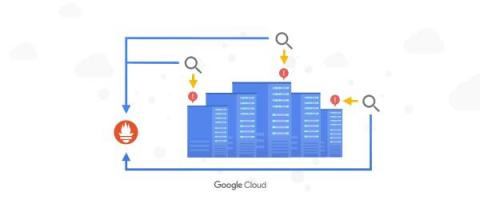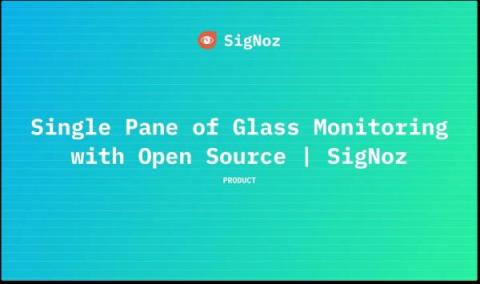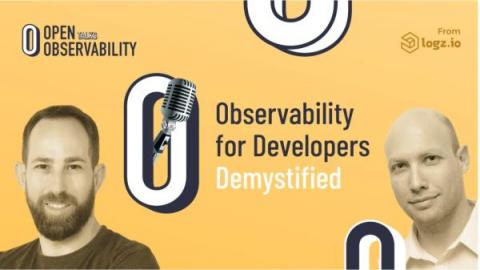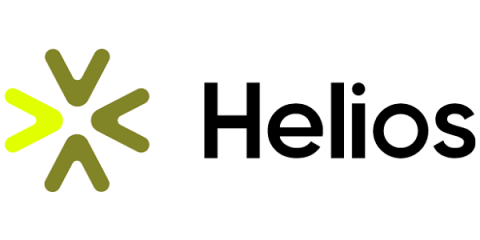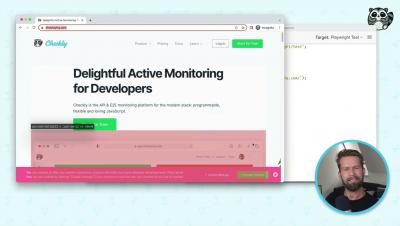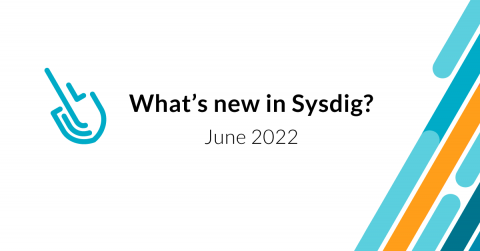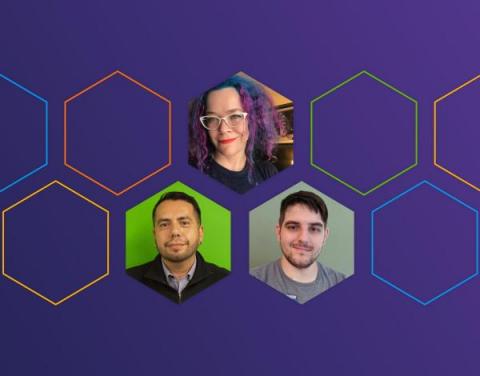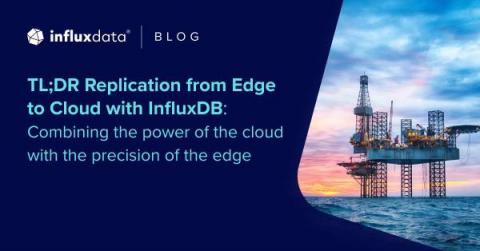How to Save on Monitoring Costs by Using Honeycomb
Are you overspending on monitoring and APM tools? Forrester’s Total Economic Impact analysis of Honeycomb identified significant ROI in customers using us to reduce spend on less efficient APM workflows. But this isn’t about budget reallocation to a newly branded set of similar but shinier tools.



